Apple’s FaceTime flaw has us wondering how else we can be hacked! Here are some simple ways to protect your privacy from spying gadgets including your phone, laptop and smart speakers.
Just how bad is Apple’s FaceTime flaw, which lets someone secretly listen in on your microphone?
“It gives them a black eye on privacy and a bit on security that they were vulnerable in this way,” said Lou Rabon, a cybersecurity specialist and owner of Cyber Defense Group in Los Angeles.

Apple has since disabled the Group FaceTime feature, which is being blamed for the bug, and promises a bigger fix this week in the form of an iOS software update.
If this gaffe has you wondering about other gadgets potentially spying on you, you’re not alone.
“I think that there are probably other devices in the home that are currently doing things that they shouldn’t be doing that probably have the same type of bug but they haven’t been discovered yet,” said Rabon.
With that in mind, here are some simple ways to protect your privacy when it comes to your phone, laptop and smart speakers.
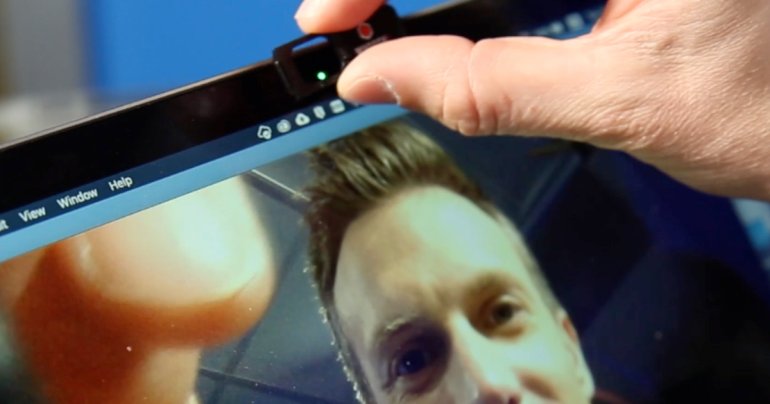
Laptop
Consider a sliding webcam cover. These sell for a few dollars on Amazon and stick on to your screen, just over the webcam. Slide to close when your camera isn’t in use. You can also use a bit of tape or a sticky note.
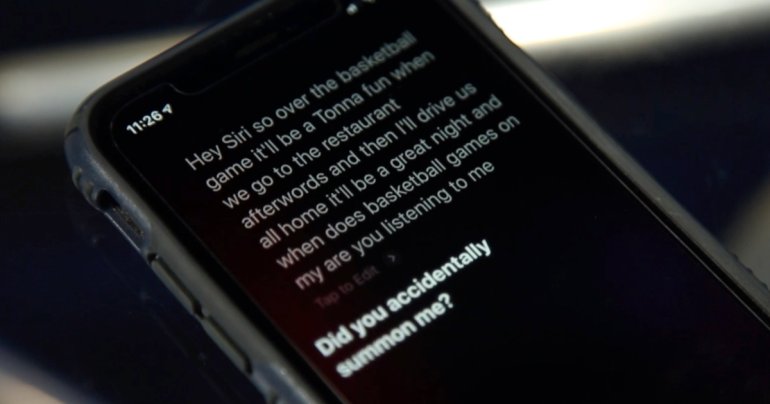
Siri
How many times has this happened to you? You’re talking around your iPhone, and suddenly Siri comes to life, responding to a command you didn’t necessarily make.
If you don’t want Siri listening at all times, you can disable the voice wake feature on your iPhone.
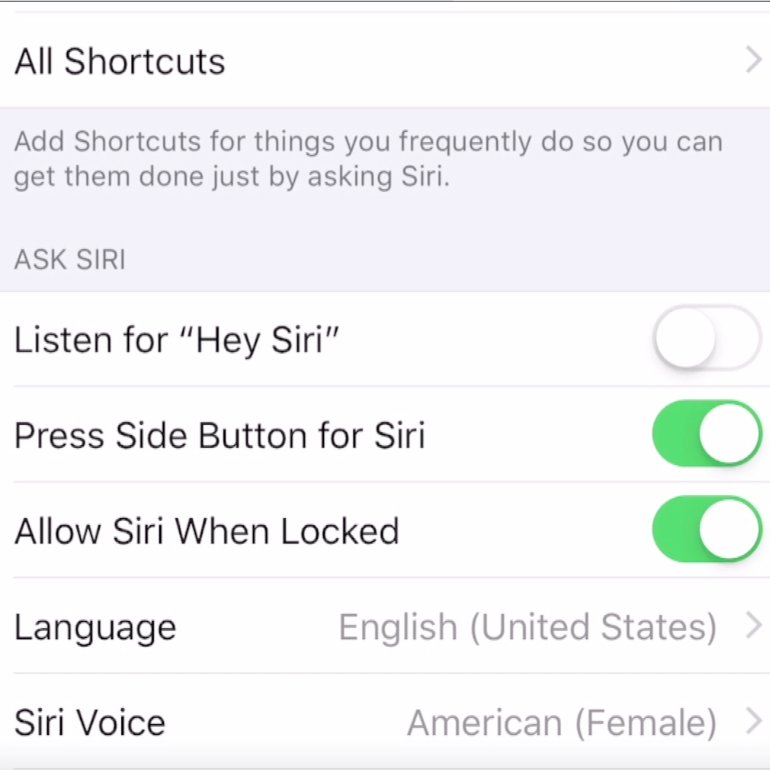
Go into iPhone Settings > Siri & Search and under ASK SIRI turn off the option to “Listen for Hey Siri.” You will have to manually activate Siri to use the functionality.
Alexa
You can limit Alexa’s ability to listen in several ways. The easiest is to press the “mute microphone” button on Echo devices. Your device will glow red when it can’t hear you. If you want to speak a command to Alexa, you’ll have to un-mute the microphone.
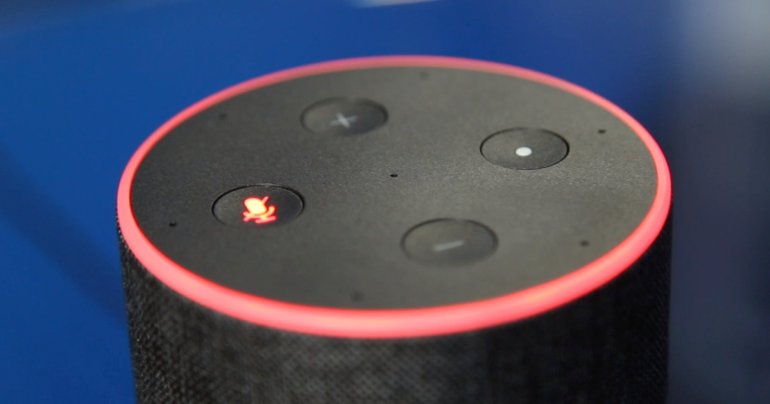
If you want less false triggers from saying the word Alexa around your house, consider changing the wake word. You can do this by going into the Alexa app on your smartphone. At the bottom of the screen, tap Devices, then Echo & Alexa and tap the name of the Echo device you’d like to modify. Scroll down until you see the section for “Wake Word” and tap to change. You can currently choose from Alexa, Amazon, Computer or Echo. From now on, you’ll need to say the new wake word to trigger Alexa.

Google Assistant
Google says that no conversations are sent to their servers unless a device first hears the activation phrase, which is either “OK, Google” or “Hey, Google.” If you don’t want devices listening for the phrase, you can disable the microphone. On the first gen Google Home, you can tap the mic mute button on the back of the device. On newer devices like the Google Home Mini or the Max, there is a physical slider to mute the microphone. Either way, you’ll get an audible confirmation that the mic is muted and your device will visually show you it’s muted with lights.
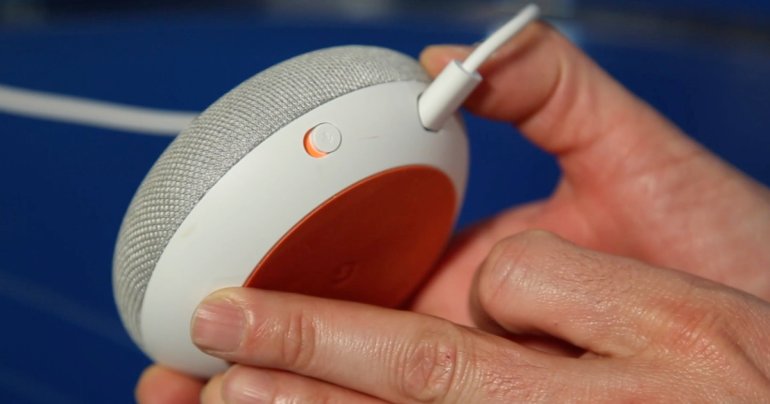
On an Android phone, you can disable the wake functionality by going into the Google app. Tap “more” at the bottom of the screen, then Settings, Voice, Voice Match and turn off the option for “Access with Voice Match.” Your phone will no longer listen for the phrases “Hey, Google” or “OK, Google” and you’ll have to tap a button to manually activate Google Assistant. Usually, you can hold down a physical button or the home button to activate it.
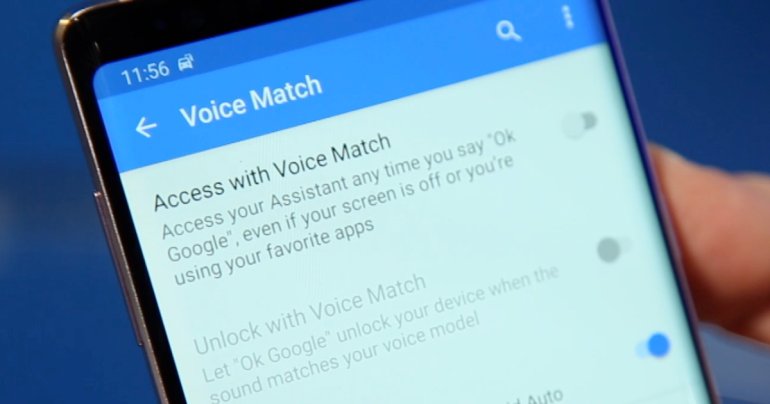
Bottom Line
Tech companies are aware there’s a tradeoff between convenience and privacy. In fact, Apple’s newest MacBook Air laptop physically disables the microphone when you shut the lid for added security when you’re not actively using it. We’ll likely see more safeguards like this in the future.
Rich DeMuro is the Tech Reporter at KTLA TV Channel 5 in Los Angeles and author of the #1 iPhone guide on Amazon 101 Handy Tech Tips for the iPhone.





















